 New Vintage USA
.
June 28, 2023
.
Chevrolet
New Vintage USA
.
June 28, 2023
.
Chevrolet
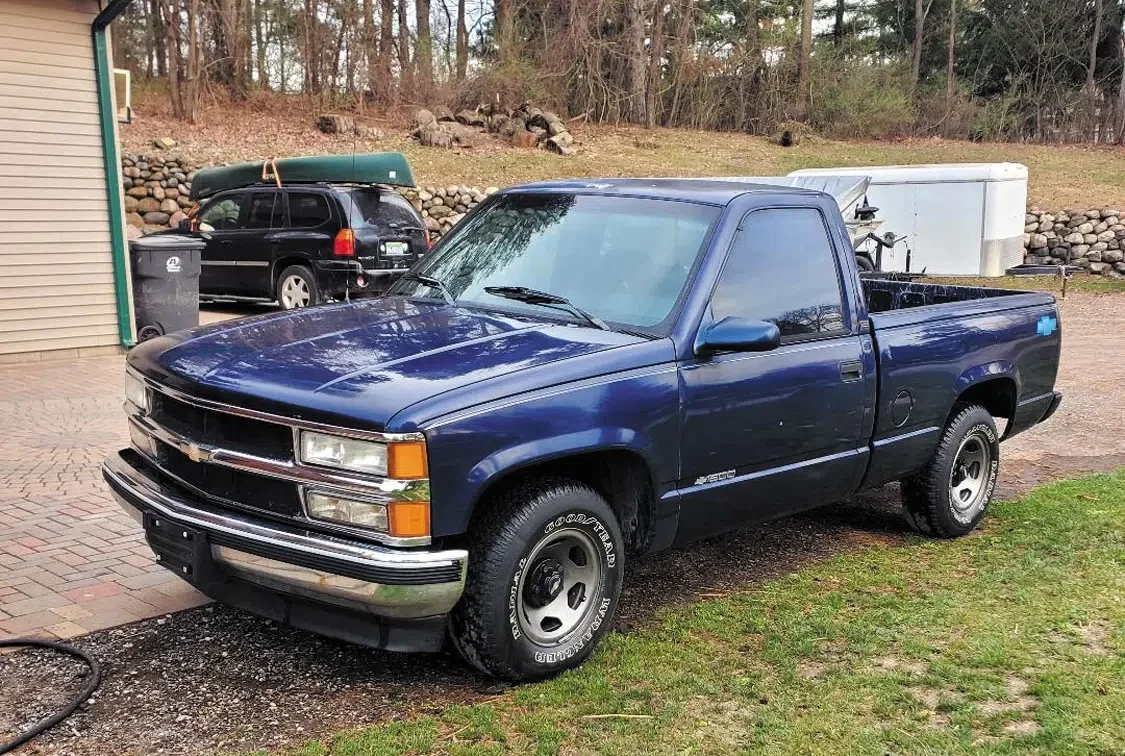
We began our search for a shop vehicle and happened to come across this blue ’94 Silverado with an LS swap that popped up on marketplace in Ohio. Because it was only about an hour and a half drive, we decided to make the trip. The truck was pretty solid, and the owner was a rac-ing enthusiast who had taken good care of this OBS. After a quick tune-up and some extra cleaning, the truck was ready to become our new shop truck.
We are all about cool gauges, so we had to decide what series of gauge would help define our interior. The original gauges looked dated, and we needed to make sure our LS engine was properly monitored. New Vintage CFR Series blue gauges were chosen, and we wanted to share our installation process with you. This entire installation was done in our garage without any special tools.
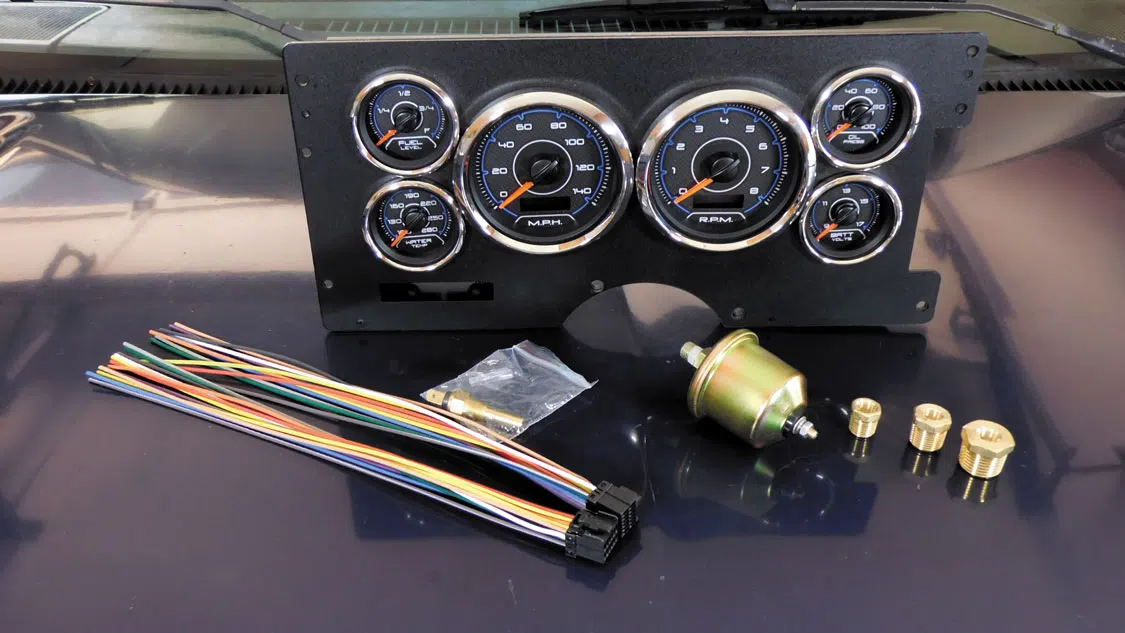






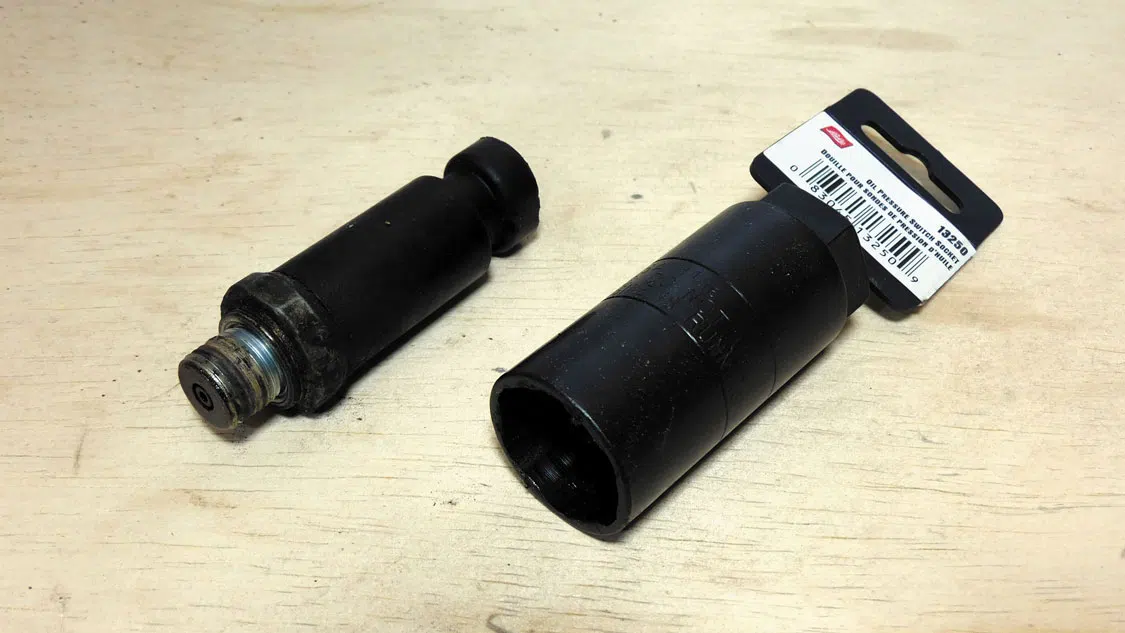
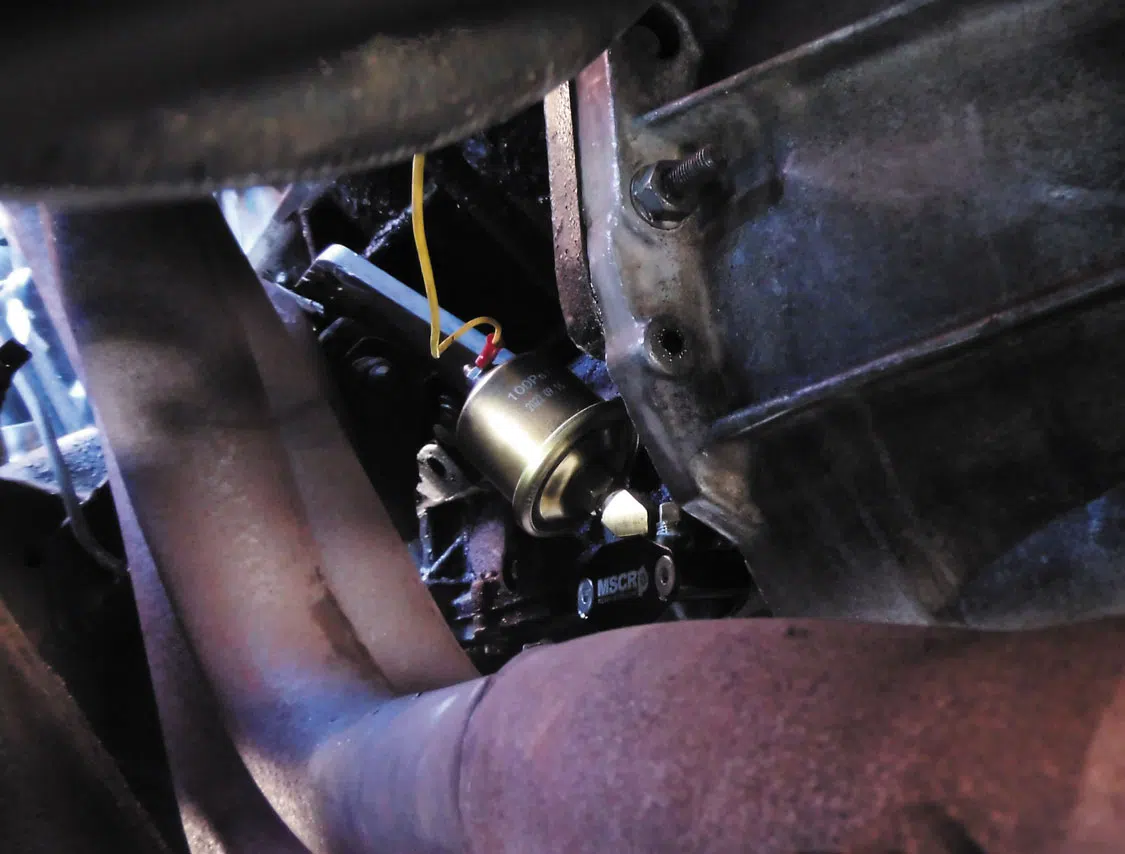




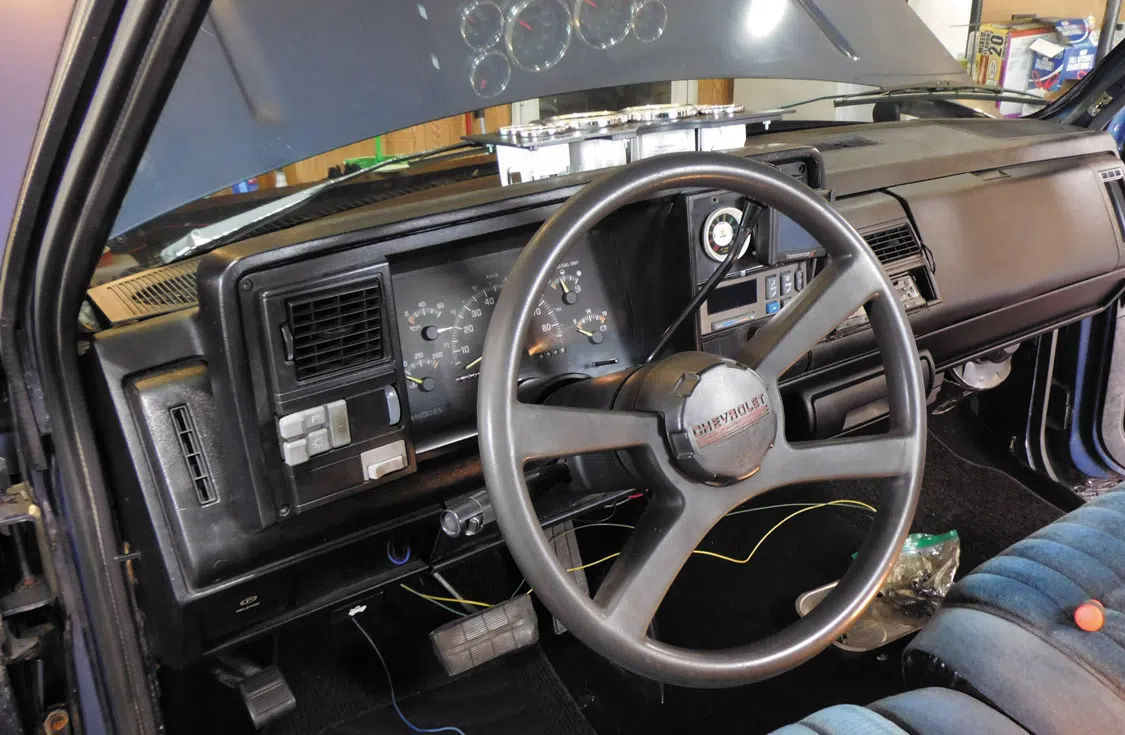


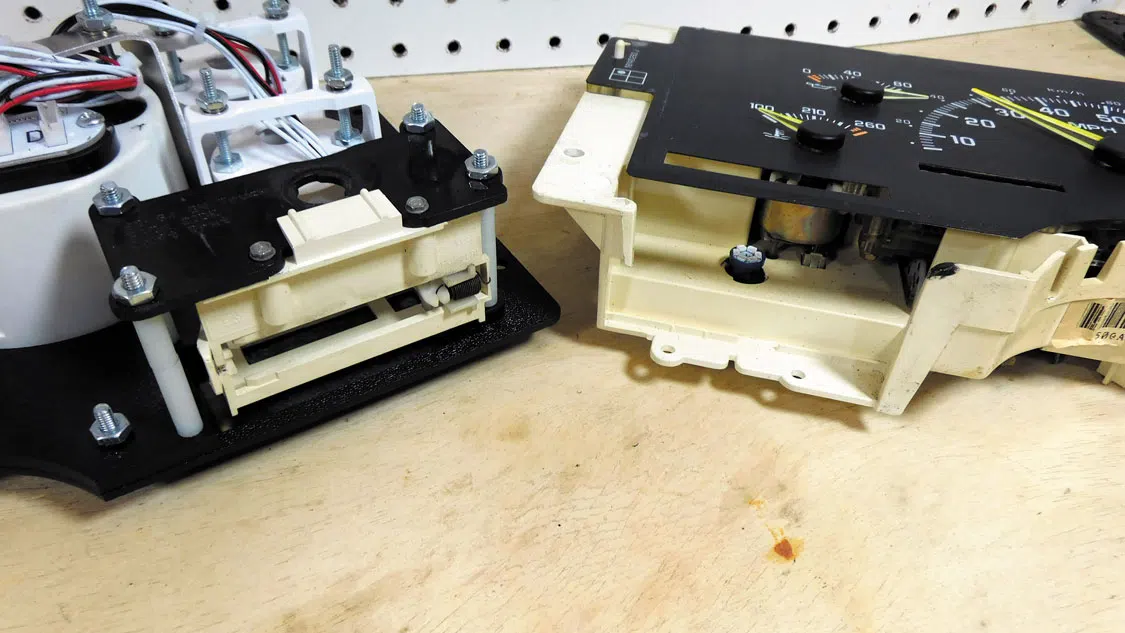





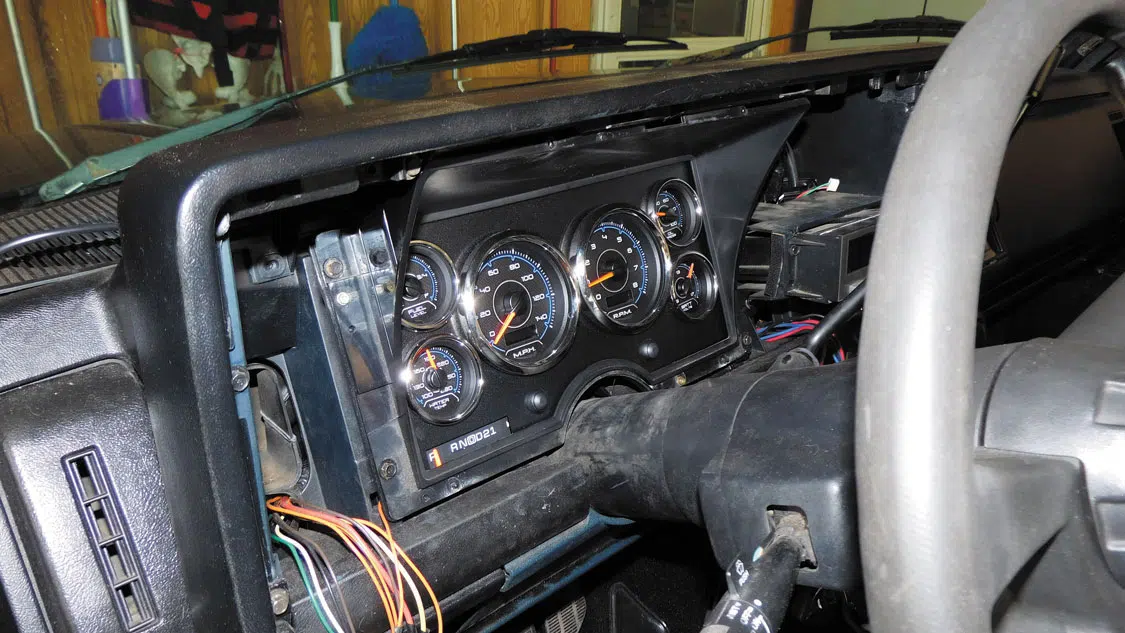


Vehicle Owner:
Mark Surel
Build Shop:
Mark’s barn
Gauges provided by:
New Vintage USA
248-850-5482
www.newvintageusa.com
#89311-05: New Vintage USA ’88-’94 GM Truck Kit, CFR Blue
MSRP $879.99
#99009-04: New Vintage USA LS Kit
MSRP $72.59
Miscellaneous wire and connectors
We use cookies to enhance your browsing experience, serve personalized ads or content, and analyze our traffic. By clicking "Accept All", you consent to our use of cookies. Visit our Cookie Policy for more info.
Notifications
Share Link